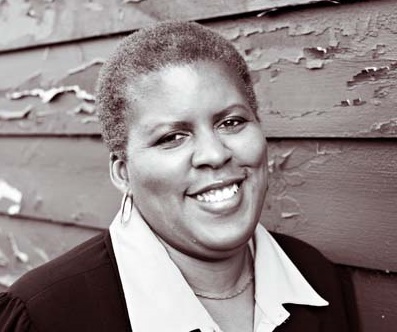 Writing fiction and non-fiction has always been a balancing act for me.
Writing fiction and non-fiction has always been a balancing act for me.
My first “real” job was as a catalog copywriter for JC Penney. I wrote about women’s fashions and toys.
Imagine having to come up with 1 or 2 sentences of copy to describe an item–including all the selling points that a customer needs to know. And it had to be engaging, not just a list of descriptions.
Making every word count ensures that you eliminate fluff and a lot of useless filler. It taught me how to write very lean, which served me well years later.
After several years in catalog copywriting, I changed careers into IT, which is about as far away as you can get from writing copy.
Passive Voice
During my time as a programmer, I didn’t write any fiction, or non-fiction for that matter. When I was a child, I’d written tons of stories, poems and even song lyrics (which still surprises me to this day). But after I went into IT, I put my creative writing on hold for a time.
In the corporate world, my “voice” had to be more formal. Usually the “passive” voice is the way people there communicate. No direct statements that can come back to haunt you later on if anything hits the fan. Passive voice is a perfect match for corporate, but unless you want to put your readers to sleep, I wouldn’t recommend it for fiction.
Making the leap between non-fiction and fiction can feel like a leap across a canyon. Ultimately I started taking classes so I could sharpen my writing skills and learn how to structure short fiction.

But still, it was tough to let go of all the business writing rules I’d absorbed. When you document systems, usually you’re explaining how something works. Sometimes for a technical audience, sometimes not. No embellishment. Just straight facts.
Blogging
What helped me bridge the gap between those two writing styles was to start a blog. Posts from that blog went into my first book, Think Like an Entrepreneur: Transforming Your Career and Taking Charge of Your Life.
By that time I was also writing and publishing short stories. So, once my first non-fiction book was out there, I was ready to start working on a novel.
My first published novel, Hathor Legacy: Outcast was rewritten about 3 times, but each time through, I stripped away more of the layers standing between me and my fictional world. I had to be vulnerable when I wrote fiction. Getting into a character required me to see through their eyes. No way would I be able to maintain my distance and still make a connection with the character’s thoughts and feelings.
The Difference between Fiction and Non-fiction
 If there’s one big difference between fiction and non-fiction, that’s it. Distance. Writing for business requires a certain formality. You don’t get the same thing with blogs (but you might depending on the author and the audience). But with fiction (at least with genre fiction) you have to be willing to get closer. If you do that, the reader can too.
If there’s one big difference between fiction and non-fiction, that’s it. Distance. Writing for business requires a certain formality. You don’t get the same thing with blogs (but you might depending on the author and the audience). But with fiction (at least with genre fiction) you have to be willing to get closer. If you do that, the reader can too.
Going back and forth between a story world and “reality” isn’t as difficult if you do it regularly. Writing is one of those things that has to be done all the time. That’s how you get better. No matter what it is: short, long, non-fiction, fiction, poetry–just write it. Go with it.
Once you’re writing all the time, you’ll find it’s not so much about striking a balance as it is finding the flow. But in order to get there, you’ve got to keep writing.
Copyright © 2016 Deborah A. Bailey
Originally published on the Author Deborah A Bailey blog.










